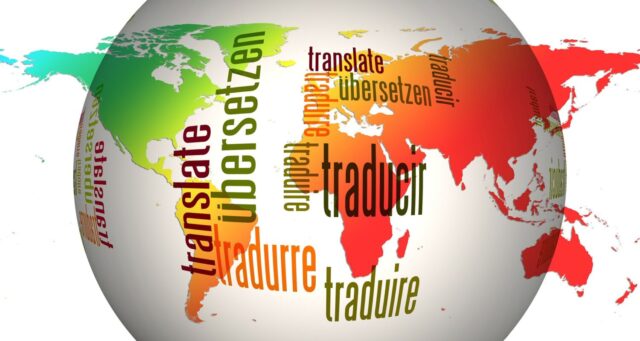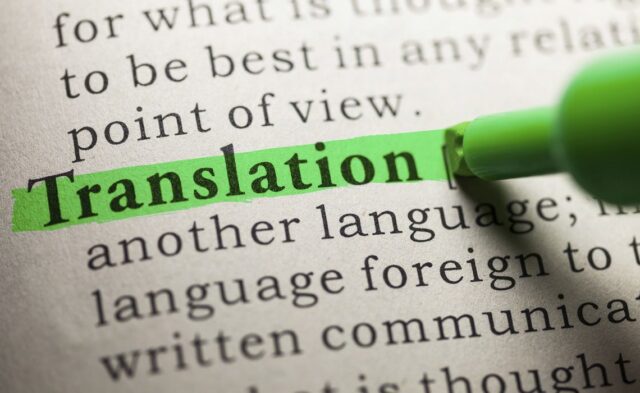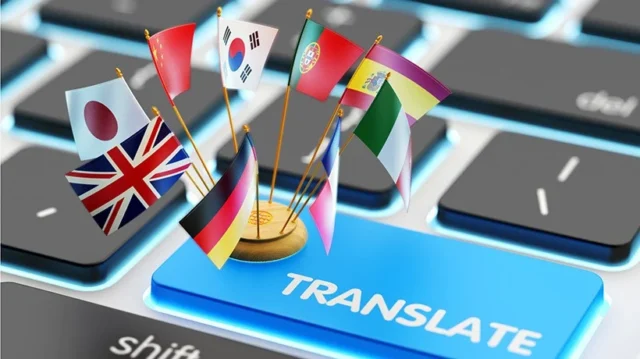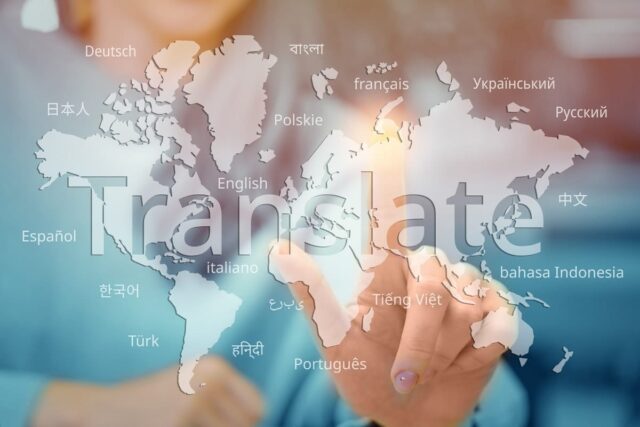
If you’re looking to globalize your content for new international audiences, you need to undergo the processes of translation and localization.
But what’s the difference between the two?
Well, the truth is, both processes are similar in their intention: to make sure your content is suitable and understandable to a certain population of people.
But they are, in fact, two separate aspects of the globalization process. Let’s discuss everything you need to know about how they differ.
What Does ‘Language Translation’ Mean?

Put simply, language translation from global-lingo.com is the converting of words into a different language. However, it’s important that all context, concepts, and meanings of the translated words are kept the same once it’s been translated.
What Does ‘Language Localization’ Mean?

Localization is the process of adapting content to adhere to cultural norms. It’s all about making sure the content feels familiar to the country it’s for and ensuring it resonates with the people it serves.
Translation Comes First, Then Comes Localization

Translation is essentially just one aspect of localization. It’s what comes first in the entire localization process. To put it plainly, you can’t simply put your text through a translation converter and be done with it. There will be errors and discrepancies that simply do not make sense in another language.
This is where localization comes into play.
Once the words have been translated, there may be aspects of the text that need to be changed to be more suitable for a certain Nation or population. What’s more, it needs to be logical, understandable, and coherent too.
Think about it: The translated language might be fully convertible from one language to another, but some words mean different things in certain languages.
For example, what Americans call “cookies” is what the British call “biscuits”.
What the British call “a pair of trousers”, Americans call “pants”. You get the gist?
Localization Isn’t Just About Language
The processes of localization aren’t just about the words and the text either. You also need to consider the linguistic differences in:
- Date formats (mm/dd/yy vs. dd/mm/yy)
- Measurement systems (metric vs. imperial)
- Currency units (equivalent amounts may be different)
Understanding the Cultural Differences Is Key

As well as language and formattings, understanding cultural differences is key.
Certain countries will have particular phrases, expressions, and idioms, etc, that resonate only with that country. So the context and meaning behind the words need to be adapted.
Localization Is a Regional Practice
It’s important to point out that localization is the practice of making content deliverable to specific regions. You’ll need to rejig and reconstruct your content so it can culturally function in a different region. It basically starts and ends with identifying the important cultural differences and knowing how to adapt the content so it’s appropriate.
Think About Humour

Humour is also important to think about because it can act as a barrier between you and your audience. Certain jokes may be funny in one country, but offensive in another. So always practice proper etiquette by localizing any humorous content, especially if it’s images, videos, or purposeful jokes.
Localization Includes Images Too
The localization and adaptation of non-textual elements may also be necessary. All videos or images should have context and meaning so your new audience fully understands it. To do this, always:
- Use neutral imagery to avoid any unwanted secondary meanings or double entendres.
- Think about your use of color because specific colors have different connotations and symbols in different countries.
- Be consistent with your messaging if you can. Don’t compromise your brand identity.
Pro Tip! Remember Text Length May Differ Too
You also need to remember that text length may get smaller or bigger once it’s been translated. The formatting and layout of your content may need to be adjusted to fit accordingly. So make your content creation process as flexible as you can by choosing the right kind of font type and size!
Other Important Tips:

Here’s a few extra tips to help you execute both the localization and translation processes with even more finesse.
Conduct Thorough Market Research
Market research is an absolute must when you decide to export your products or services to another country. Identify both cultural differences and the different laws, customs, and regulations that you need to adapt and adhere to.
Most importantly, there will likely be regulations around the use of imagery, so always do your research around what types of images are acceptable and what types are banned.
Don’t compromise on quality
When working with professional translators, make sure they understand what is important to you as a brand. You shouldn’t have to compromise on quality during the localization process. Instead, your translators should know how to adapt your content in ways that are culturally appropriate but also don’t confuse, weaken, or undermine your company identity or values.

Always Stay Competitive
Remember that your business is still a money-making entity, so always conduct competitor research too. You may need to adjust your content strategy if your competitors have localized in better, more effective ways. Compare your prices and compare packaging and labeling styles to keep up with competitors, or preferably stay ahead of them!
It’s all about delivering a user experience that is just as effective, if not more effective in the new region or country. Keep them engaged by localizing your content in ways that inspire trust and create true genuine value.

Remember That Translation Is Most Suitable for Technical Subjects
Because it’s a technical process, translation is the most important step for technical subjects, such as science, medicine, law, engineering, and finance industries. In these cases, it’s perfectly fine to only use translation in order for your content to be standardized across regions. It’s more of a challenge to localize technical subjects.
Remember That Localization Is Most Suitable for Emotive Subjects
On the other hand, localization is essentially customizing content to suit the region and culture. As a result, localization is the most important step for highly emotive subjects and content matters, such as the arts or literature. This is when translation and localization should come hand in hand.









